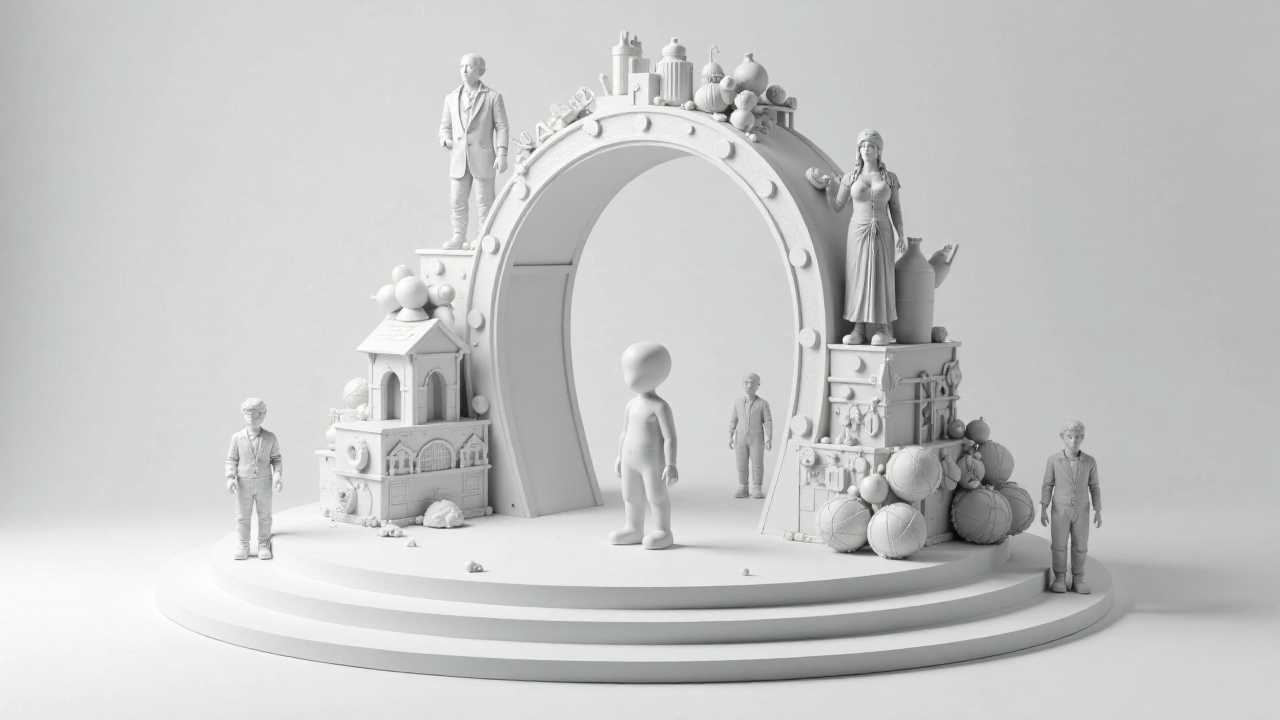
Understanding Low-Poly Animation Techniques
Low-poly animation techniques have gained significant traction in the world of 3D animation. This style emphasizes simplicity and efficiency, allowing artists to create visually appealing animations without the need for complex geometry. By focusing on low polygon counts, we can achieve faster rendering times and smoother performance, making it an ideal choice for games and real-time applications.
The Art of 3D Modeling in Low-Poly Animation
3D modeling is the foundation of any animation project. In low-poly animation, the goal is to create models that are both aesthetically pleasing and functional. This involves using geometric shapes to construct characters, environments, and objects.
When creating low-poly models, we should prioritize clean topology and efficient use of polygons. This means avoiding unnecessary details and focusing on the silhouette of the model. A well-designed low-poly model should convey the essence of the character or object while maintaining a simple structure.
To achieve this, we recommend starting with basic shapes and gradually refining them. Use tools like extrusion, scaling, and rotation to manipulate the geometry. Pay close attention to the proportions and ensure that the model aligns with the intended style of the animation.
Texture Mapping: Adding Depth to Your Models
Texture mapping is a critical aspect of low-poly animation that adds depth and realism to our models. By applying textures, we can give the illusion of detail without increasing the polygon count.
When working with low-poly models, it’s essential to choose textures that complement the simplistic style. Use flat colors or minimal patterns to maintain the low-poly aesthetic. UV mapping is a vital step in this process, as it allows us to wrap textures around our models accurately.
We should also consider using texture atlases, which combine multiple textures into a single image. This technique reduces the number of texture files we need to manage and can improve performance in real-time applications.
Rigging: Bringing Your Characters to Life
Rigging is the process of creating a skeleton for our 3D models, enabling them to move and articulate. In low-poly animation, rigging is crucial for achieving fluid motion and believable character performances.
When rigging low-poly characters, we should focus on creating a simple yet effective bone structure. This involves placing bones strategically to allow for natural movement. We can use inverse kinematics (IK) to simplify the animation process, making it easier to pose characters and create dynamic movements.
It’s also essential to ensure that the weight painting is done correctly. Proper weight distribution will prevent unnatural deformations during animation, allowing our characters to move smoothly and realistically.
Lighting Effects: Setting the Mood
Lighting plays a pivotal role in low-poly animation, as it can dramatically affect the overall look and feel of a scene. By utilizing various lighting techniques, we can create depth, highlight important elements, and set the mood for our animations.
In low-poly environments, we recommend using a combination of ambient, directional, and point lights. Ambient light provides a base level of illumination, while directional light simulates sunlight, casting shadows and creating contrast. Point lights can be used to highlight specific areas or objects within the scene.
When working with lighting, it’s crucial to consider the color temperature and intensity. Warmer colors can evoke feelings of comfort, while cooler tones can create a more dramatic atmosphere. Experimenting with different lighting setups will help us find the perfect balance for our animations.
Motion Design: Crafting Engaging Animations
Motion design is where the magic happens in low-poly animation. This is the stage where we bring our characters and scenes to life through movement. Effective motion design requires a solid understanding of timing, spacing, and the principles of animation.
To create engaging animations, we should focus on the keyframes that define the movement. Keyframes mark the start and end points of an animation, and by adjusting the timing between these frames, we can create a sense of weight and realism.
In low-poly animation, exaggeration can be a powerful tool. By pushing the limits of movement, we can create more dynamic and entertaining animations. This technique is particularly effective in character animations, where exaggerated movements can convey emotions and personality.
Rendering Techniques: Finalizing Your Animation
Rendering is the final step in the animation process, where we convert our 3D models and animations into a 2D image or video. In low-poly animation, choosing the right rendering techniques can significantly impact the final output.
We recommend using a rendering engine that supports real-time rendering, as this can greatly speed up the process. Techniques such as baked lighting and ambient occlusion can enhance the visual quality of our animations without adding unnecessary complexity.
When rendering low-poly animations, we should also consider the output resolution and format. Higher resolutions can provide better quality, but they may also increase rendering times. Finding the right balance between quality and efficiency is key to achieving the best results.
Mastering low-poly animation techniques requires a combination of skills in 3D modeling, texture mapping, rigging, lighting effects, motion design, and rendering techniques. By focusing on simplicity and efficiency, we can create visually stunning animations that resonate with audiences. With practice and experimentation, we can refine our skills and produce captivating low-poly animations that stand out in the competitive landscape of 3D animation.
 Digital Art InstructionDIY Infographics DesignMobile Game ArtworkPersonalized Logo Design3D AnimationeBook Covers DesignPrivacy PolicyTerms And Conditions
Digital Art InstructionDIY Infographics DesignMobile Game ArtworkPersonalized Logo Design3D AnimationeBook Covers DesignPrivacy PolicyTerms And Conditions
